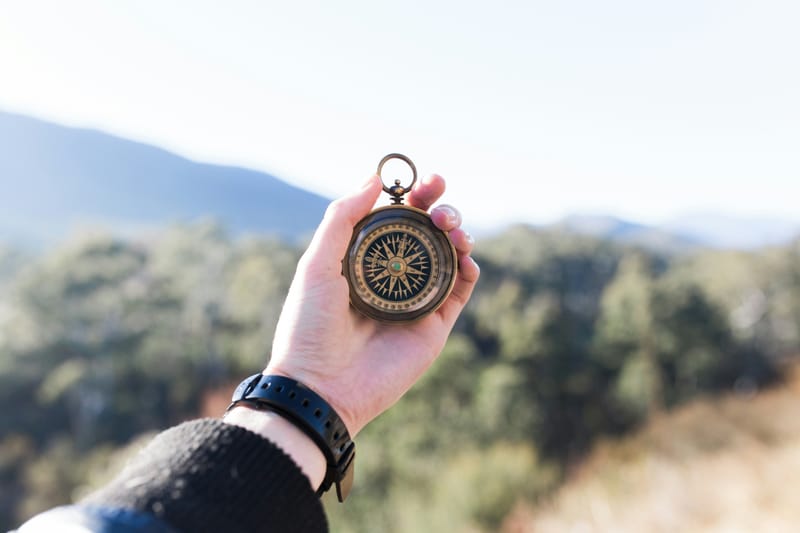Creating Effective Landing Pages for Different Stages of the Buyer's Journey
Creating effective landing pages tailored to different stages of the buyer's journey is crucial for maximizing conversion rates. This comprehensive guide explores strategies for designing landing pages that resonate with potential customers at every step of their decision-making process. By understanding the unique needs and mindsets of visitors in the awareness, consideration, and decision stages, businesses can craft compelling pages that guide prospects towards conversion. We'll delve into best practices for each stage, including content creation, design elements, and call-to-action strategies. Whether you're looking to generate leads, nurture prospects, or close sales, this guide will equip you with the knowledge to create high-performing landing pages that address your audience's needs at every stage of their journey.Table of Contents:

Understanding the Buyer's Journey
The buyer's journey is the process customers go through when making a purchase decision. It typically consists of three main stages: awareness, consideration, and decision. In the awareness stage, potential customers recognize they have a problem or need. During the consideration stage, they research and evaluate different solutions. Finally, in the decision stage, they choose a specific product or service.To create effective landing pages, it's essential to align your content and design with the mindset of visitors at each stage. This approach allows you to address their specific concerns, provide relevant information, and guide them towards the next step in their journey. By tailoring your landing pages to these stages, you can significantly improve engagement and conversion rates.
Do you need a website? Want to build a website but don't know where to start? Our website builder is the perfect solution. Easy to use, and with the ability to customize to fit your business needs, you can have a professional website in no time.
Crafting Landing Pages for the Awareness Stage
In the awareness stage, visitors are just beginning to recognize their problem or need. They're seeking information and education rather than specific product details. Your landing pages should focus on providing valuable content that helps them understand their challenges better.Key strategies for awareness stage landing pages include:
1. Use educational content like blog posts, infographics, or videos
2. Highlight common pain points and challenges
3. Offer free resources such as ebooks or whitepapers
4. Use clear, jargon-free language
5. Include social proof to build credibility
6. Use subtle calls-to-action (CTAs) that encourage further exploration
The goal is to position your brand as a helpful resource and build trust with potential customers. Avoid hard-selling at this stage, as it may deter visitors who are not yet ready to make a purchase decision.
Designing Landing Pages for the Consideration Stage
During the consideration stage, visitors are actively researching and comparing different solutions to their problem. Your landing pages should provide more detailed information about your products or services and how they address the visitor's needs.Effective strategies for consideration stage landing pages include:
1. Offer in-depth product information and features
2. Use comparison charts to showcase your advantages
3. Provide case studies and customer testimonials
4. Offer free trials or demos
5. Include FAQs to address common concerns
6. Use CTAs that encourage further engagement, such as 'Request a Demo' or 'Start Free Trial'
At this stage, focus on differentiating your offering from competitors and demonstrating the unique value you provide. Use clear, benefit-driven language to help visitors understand how your solution can solve their specific problems.
Building a website with SITE123 is easy
Creating Landing Pages for the Decision Stage
In the decision stage, visitors are ready to make a purchase but may need a final push. Your landing pages should focus on removing any last-minute objections and making the buying process as smooth as possible.Key elements for decision stage landing pages include:
1. Clear and prominent pricing information
2. Detailed product specifications
3. Strong social proof, including customer reviews and testimonials
4. Risk-reducing elements like money-back guarantees or free returns
5. Clear and compelling CTAs such as 'Buy Now' or 'Get Started'
6. Simplified forms to reduce friction in the purchase process
Make sure your landing pages at this stage provide all the information needed to make a confident purchase decision. Address any potential concerns upfront and make it easy for visitors to take the final step towards conversion.
Optimizing Landing Pages for Conversion
Regardless of the buyer's journey stage, certain best practices can help improve the overall effectiveness of your landing pages:1. Use clear, compelling headlines that address the visitor's needs
2. Ensure your page loads quickly and is mobile-responsive
3. Use high-quality images and videos to showcase your offering
4. Implement A/B testing to continuously improve performance
5. Use white space effectively to improve readability
6. Ensure your forms are short and only ask for essential information
7. Use trust signals like security badges and customer logos
8. Implement exit-intent popups to capture leaving visitors
Remember that optimization is an ongoing process. Regularly analyze your landing page performance and make data-driven decisions to improve conversion rates over time.
Measuring and Analyzing Landing Page Performance
To ensure your landing pages are effectively guiding visitors through the buyer's journey, it's crucial to measure and analyze their performance. Key metrics to track include:1. Conversion rate
2. Bounce rate
3. Time on page
4. Click-through rate (CTR) on CTAs
5. Form completion rate
6. Source of traffic
Use tools like Google Analytics to track these metrics and gain insights into visitor behavior. Pay attention to how different stages of the buyer's journey perform and identify areas for improvement. Regularly review your data and use it to inform your optimization efforts, ensuring your landing pages continue to meet the evolving needs of your audience.





